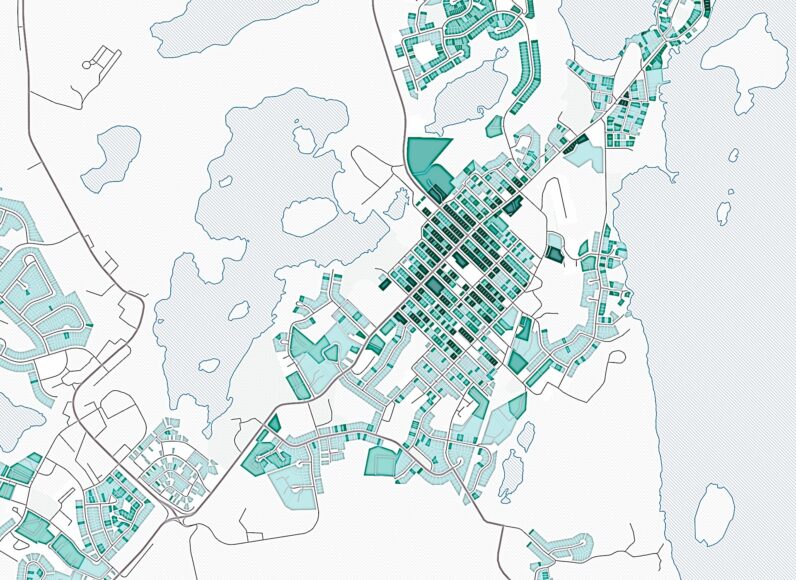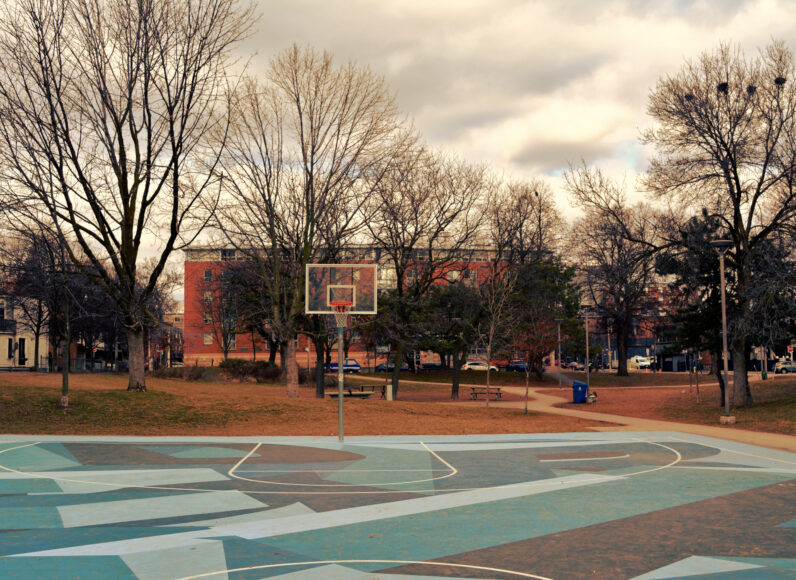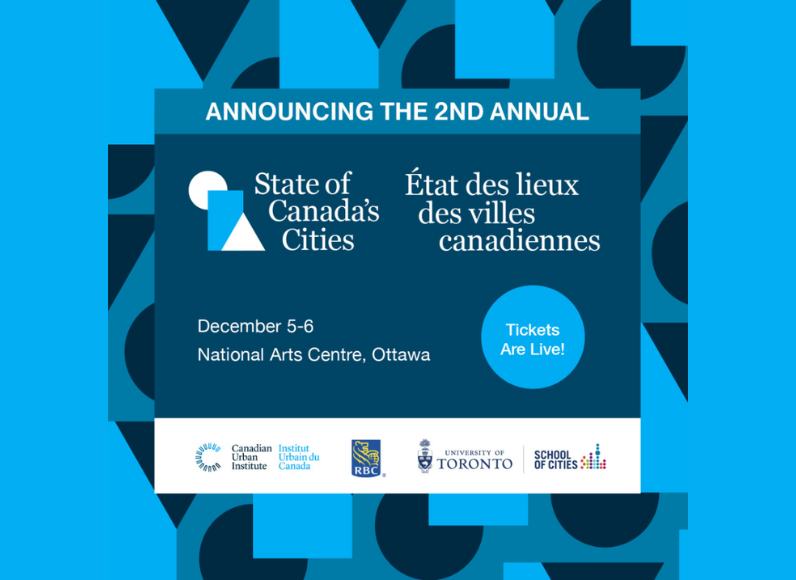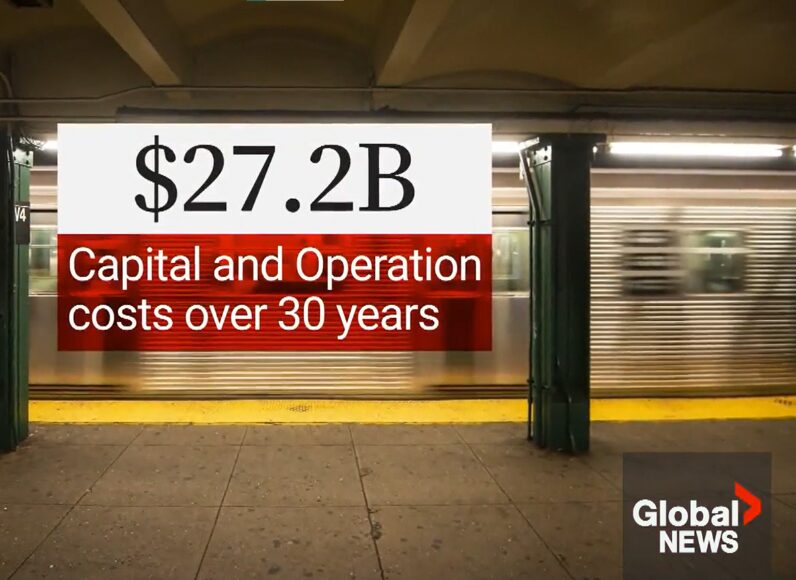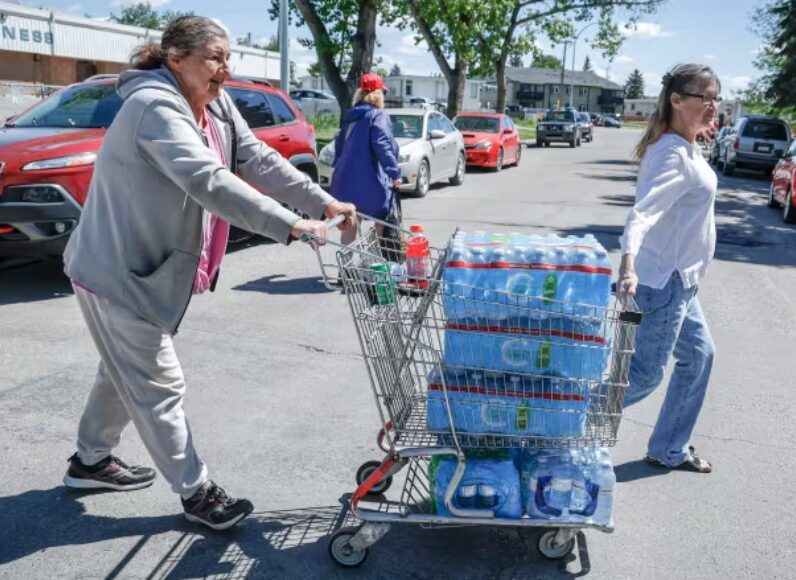In a recent blog, TMU researchers Frank Clayton and David Amborski argue for “orderly and comprehensively planned low-density development,” based on the contention that not all greenfield development is sprawl. But sprawl is only the development we don’t want. What about the development we do want?
The places we want now
What are Ontarians trying to accomplish–rather than just avoid–when we plan growth? We want growth that’s healthy, environmentally responsible, and inclusive. That means places where we can walk, bike, and cross-country ski, and places that protect water quality and habitat on a regional scale. Their neighbourhoods would offer a mix of housing types, tenures, and price levels and provide transportation options that don’t require a car for many trips.
High density in itself can’t provide all these things. But density that’s at least moderate—averaging between 8 and 10 dwellings per acre within a district of about 25,000 people—is a prerequisite for the kind of healthy, environmentally sound, and inclusive communities most people in the Greater Toronto Area (GTA) say they want.
And only places of moderate density and higher provide opportunities to meet ambitious goals for decarbonization. People who live there don’t have to depend as much on automobiles and can tap into district heating and cooling systems instead of individual furnaces and air-conditioning units.
The community we’ll be in coming decades
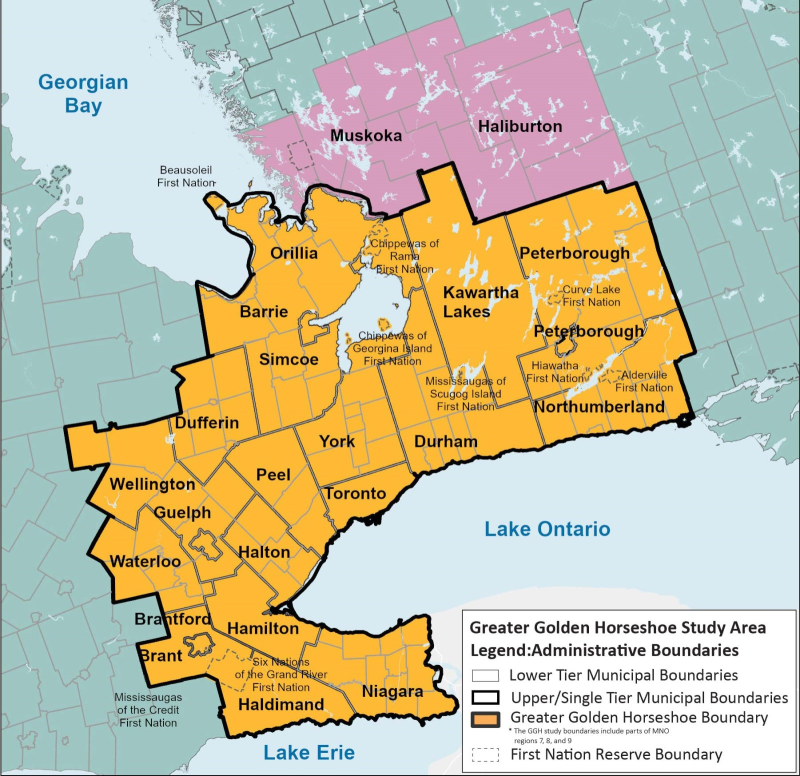
The Greater Golden Horseshoe is projected to add some five million new residents by 2051, mostly through immigration. By and large, the region welcomes these newcomers enthusiastically because of their diverse contributions to our culture and economy.
That’s the diverse community the GTA wants to be. But the comprehensively planned low-density development that Clayton and Amborski envision will not deliver places that support that diversity. Instead, it is replicating the communities that we have now.
To support the growth most Torontonians want for our future, we need to stop planning around who we were fifty years ago. Of course, we can’t fit all five million newcomers in our downtowns, but we must find a way to build missing middle in the Yellowbelt, densify transit corridors, and eliminate exclusionary zoning.
Sadly, the province is currently looking backwards, not forwards.
Stay tuned to the School of Cities in the coming year as we build our future together.
Authors
- Karen Chapple is Director of the School of Cities and Professor of Geography and Planning at the University of Toronto.
- Rolf Pendall is Professor and Head of the Department of Urban and Regional Planning at the University of Illinois, Urbana-Champaign.




